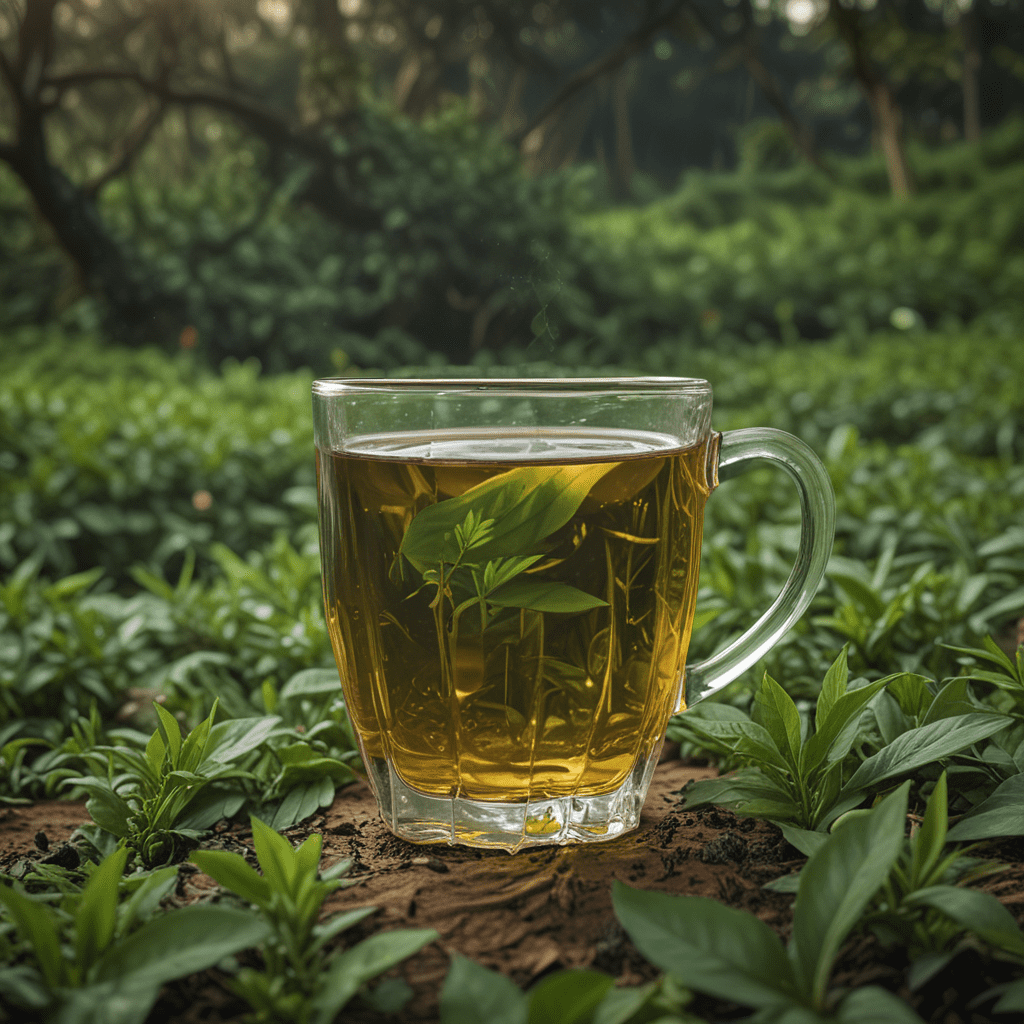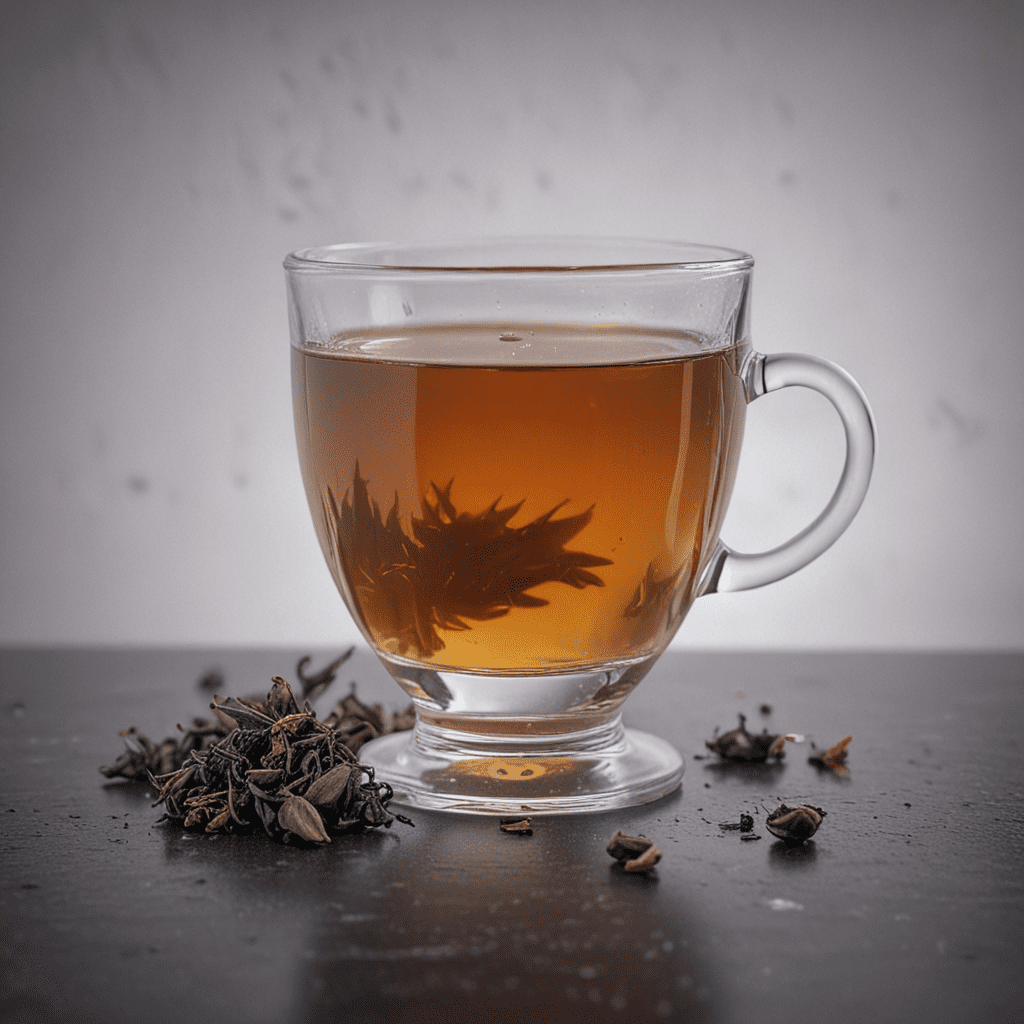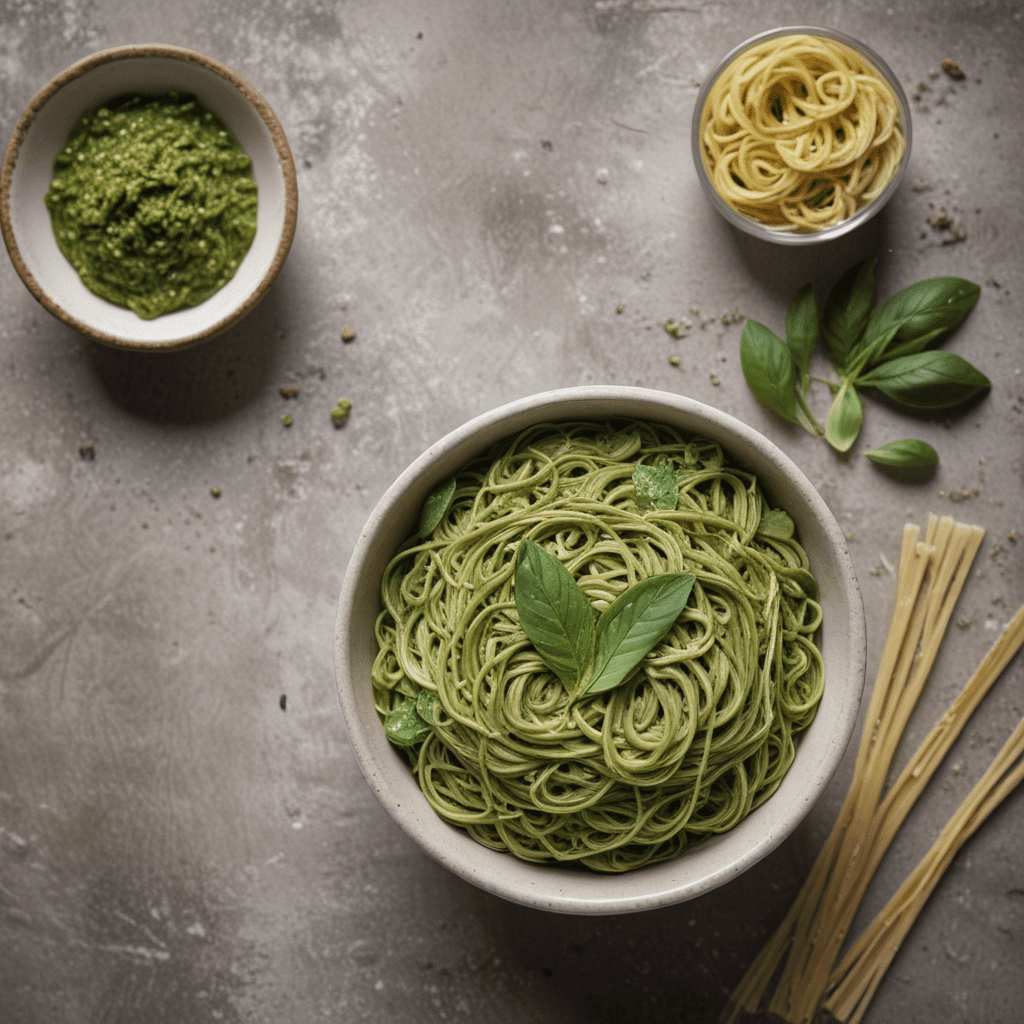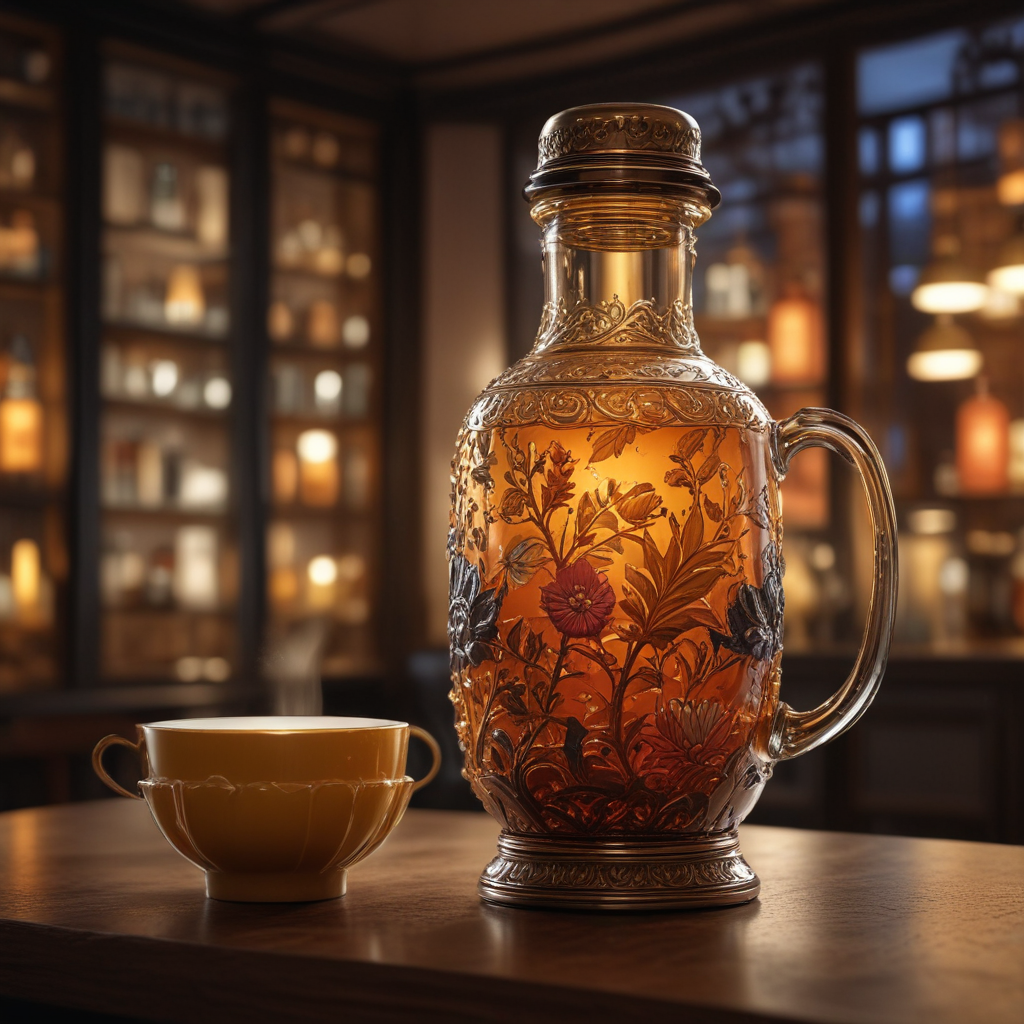1. History and Origins of Ceylon Tea
Ceylon tea, renowned for its distinctive flavor and aroma, has a rich history intertwined with the island nation of Sri Lanka. The origins of tea cultivation in Ceylon can be traced back to the mid-19th century when the British colonial government introduced tea plants from Assam, India, as an alternative to the struggling coffee industry. These plants thrived in the favorable climate and soil conditions of the island's central highlands, and tea plantations soon proliferated, transforming Ceylon into one of the world's leading tea producers.
2. Soil and Climate Conditions
The unique terroir of Sri Lanka's central highlands plays a crucial role in shaping the exceptional quality of Ceylon tea. The region boasts well-drained, fertile soils rich in organic matter, providing an ideal foundation for tea plants to flourish. The climate is characterized by abundant rainfall, evenly distributed throughout the year, coupled with ample sunshine and moderate temperatures. These conditions allow for sustained growth and multiple harvests, contributing to the distinctive flavor and aroma of Ceylon tea.
3. Cultivars and Growing Practices
Ceylon tea is primarily produced from two main cultivars: China Hybrids and Assam Hybrids. China Hybrids, known for their delicate flavor and floral notes, are typically grown at higher elevations, while Assam Hybrids, renowned for their bolder, more robust character, thrive in the lower hills. Tea plants are meticulously cultivated using traditional methods, with careful attention paid to pruning, weeding, and pest management. Sustainable practices are emphasized to preserve the natural environment and maintain the long-term quality of Ceylon tea.
4. Harvesting and Processing
Harvesting Ceylon tea is a labor-intensive process, requiring skilled tea pluckers who handpick only the finest two leaves and a bud from each plant. The leaves are then carefully transported to processing factories, where they undergo a series of intricate steps to transform them into the prized black tea. The meticulous craftsmanship involved in each stage ensures the preservation of the tea's unique flavor and aroma.
5. Withering
The freshly harvested tea leaves undergo an initial process called withering, where they are spread out in thin layers and exposed to controlled airflow. This process removes excess moisture from the leaves, making them more pliable and easier to roll. The withering stage also initiates the development of the tea's characteristic flavors and aromas, setting the foundation for the subsequent stages of processing.
6. Rolling and Fermentation
After withering, the tea leaves undergo a crucial step called rolling. The leaves are gently rolled under pressure, either by hand or machine, to release their juices and promote oxidation. This process initiates the fermentation stage, where the enzymes present in the leaves react with oxygen, creating the distinctive chemical compounds that give Ceylon tea its unique flavor, color, and aroma.
7. Firing and Drying
Once the desired level of fermentation is achieved, the tea leaves undergo a firing process, also known as drying. This step halts the fermentation process and removes any remaining moisture from the leaves. The firing technique varies depending on the type of tea being produced. Orthodox teas are fired in traditional wood or charcoal-fired ovens, while CTC (Cut, Tear, Curl) teas are fired in continuous drying machines.
8. Grading and Sorting
After firing, the tea leaves are graded and sorted based on their size, shape, and appearance. The traditional method of grading involves passing the leaves through a series of sieves to separate them into different grades, such as Orange Pekoe, Pekoe, and Broken Orange Pekoe. These grades not only affect the appearance of the tea but also influence its flavor and brewing characteristics.
9. Packaging and Storage
Proper packaging and storage are essential to preserve the quality and freshness of Ceylon tea. Tea is typically packed in airtight containers to prevent exposure to moisture and air, which can degrade its flavor and aroma. The storage conditions should be cool, dry, and away from direct sunlight to maintain the tea's optimal quality and shelf life.
10. Quality Standards and Authenticity
Ceylon tea is renowned for its high quality standards, which are maintained through rigorous regulations and certifications. The Sri Lanka Tea Board, the regulatory body for the tea industry in Sri Lanka, ensures that all Ceylon tea meets specific quality criteria and conforms to international standards. The certification process includes regular inspections of tea plantations, processing facilities, and export procedures to guarantee the authenticity and integrity of Ceylon tea.
FAQ
What is the difference between Orthodox and CTC teas?
Orthodox teas are processed using traditional methods, where the tea leaves are withered, rolled, and fermented by hand or machine. CTC teas, on the other hand, are processed using a Cut, Tear, Curl method, where the leaves are cut, torn, and curled using machinery. This results in smaller, more uniform tea leaves that produce a stronger and more robust brew.
Why is Ceylon tea so expensive?
Ceylon tea is generally more expensive than other teas due to its high quality and the labor-intensive nature of its production. The tea leaves are hand-picked, and the processing involves multiple intricate steps, ensuring that only the finest quality tea reaches the market.
How do you brew the perfect cup of Ceylon tea?
To brew the perfect cup of Ceylon tea, use freshly drawn boiling water and steep the tea leaves for 3-5 minutes, depending on your desired strength. Use one teaspoon of tea leaves for every cup of water. Avoid over-steeping, as this can lead to bitterness.



